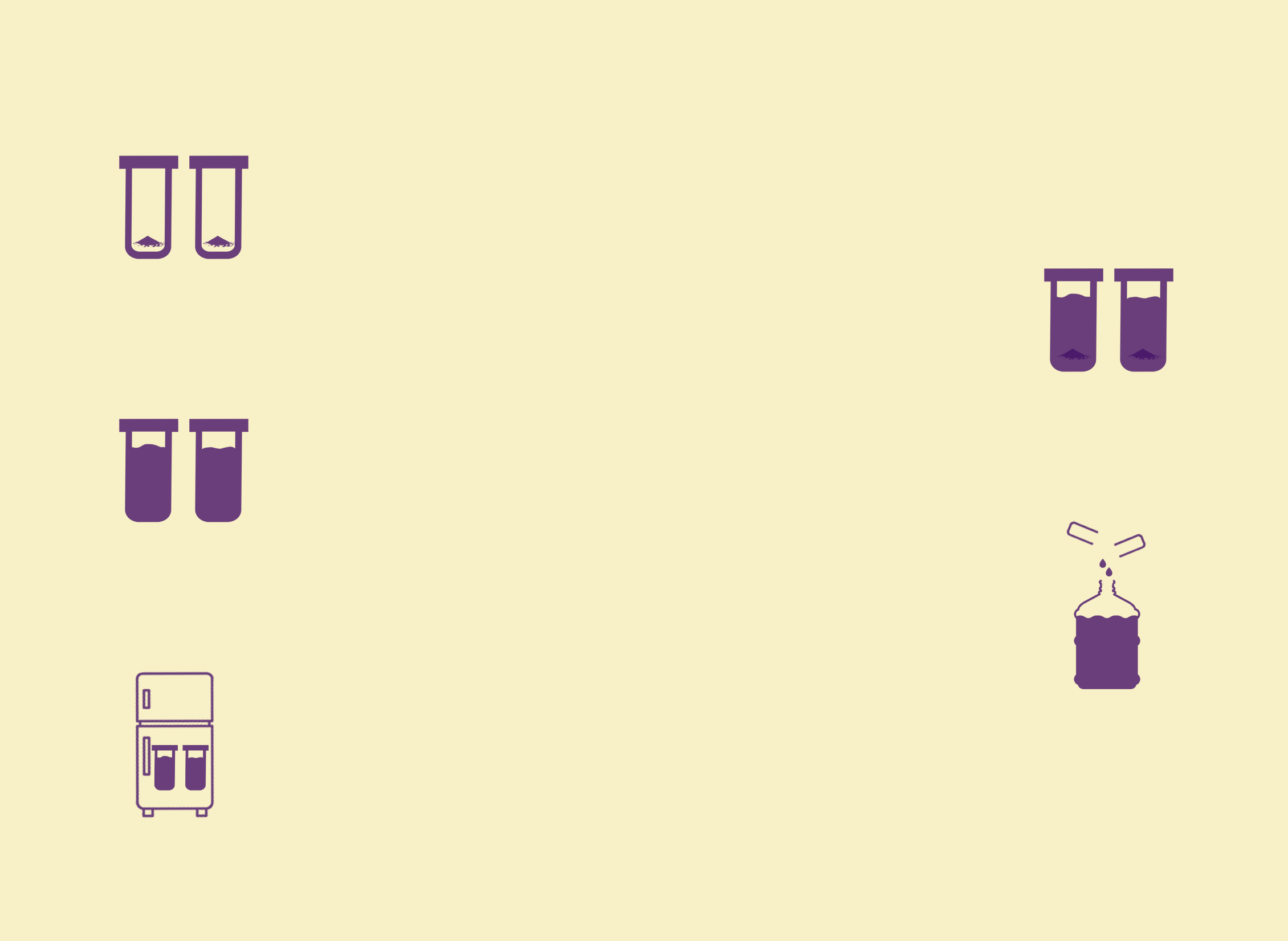
Many people new to homebrewing underestimate the power of carbonation in glass bottles. A small amount of leftover sugar can make a refreshing, bubbly brew. A large amount can lead to glass shrapnel and wasted mead.
To avoid this issue, you need to know what causes it and how to prevent it. Bottle bombs are caused by actively fermenting yeast, which converts sugar into carbon dioxide (CO2). This CO2 production increases pressure inside the bottle. If the pressure exceeds what the bottle can handle, it explodes!
In the best-case scenario, you make a mess with spilled mead and broken glass. Worst-case scenario: you or your loved ones need surgery to remove glass shards.
Several ways are possible to prevent yeast from causing bottle bombs. Some are situation-specific. Some are just terrible ideas. Let’s look at each way to avoid refermentation from occurring.

Chemical Stabilising
By far the safest way to prevent bottle bombs is to stabilise the mead with potassium metabisulfite and potassium sorbate. These stabilisers prevent yeast metabolism and proliferation. As a result, no sugar is metabolized into CO2. This is done by using two ingredients.
Potassium Sorbate
Potassium sorbate is a salt commonly used as a preservative in the food industry. It is odourless and tasteless. This additive binds to the yeast cell to stop reproduction. Also known as K-sorb.
Potassium Metabisulfite
Potassium metabisulfite is a white crystalline powder used as a preservative in the alcohol industry. This additive helps protect mead from oxygen exposure as well as keep the colour and flavour of mead fresh. Also known as K-meta.
Potassium metabisulfite is not appropriate for people with sulphite allergies. Later in this lesson, we’ll discuss other methods that can be used to ensure fermentation doesn’t restart.

How to Stabilise Mead
Now that we’ve learned the purpose of the ingredients needed to stabilise mead, let’s cover the process of adding them:
Confirm the fermentation is complete.
Your expected gravity should be reached. This can either be dry (below 1.000) or higher if you know your yeast tolerance has been reached.
Clear mead using time and cold crashing.
The mead should be mostly clear before moving on to the next step.
Add potassium sorbate and potassium metabisulfite to a freshly sanitised vessel.
Rack clear mead into the vessel containing potassium sorbate and potassium metabisulfite.
Leave the mead to sit at room temperature for 2 weeks before drinking.
The time and room temperature allow the stabilisers to complete their protective purpose.
Drinking mead within 2 weeks of stabilizing can lead to nasty headaches and will have a taste similar to fusels.
Do not use stabilisers in conjunction with malolactic ferments or, you will get geranium off-flavors.

Dosing Stabilisers
Most of the time the, below dosings are sufficient:
Potassium Sorbate
1g per 5 litres
Potassium Metabisulfite
0.4g per 5 litres
However, the suggested dosings can be too little if there are a lot of charged particles in the mead. The key measurements that can be taken to determine if the stabilisers have worked sufficiently are measuring free sulphur dioxide (SO2) as well as pH. If your mead has a pH below 3.6, the suggested dosing should be sufficient.
The best practice is to add the above amounts, allow 24 hours for the stabilisers to begin their protective purpose, then test the free SO2 levels and add more to the appropriate levels.
Read here for more accurate details on the proper way to dose stabilisers: Potassium Sorbate and SO2 Management.
Measuring free SO2 is not possible for most homebrewers. Usually, it’s not necessary. Especially if you drink fast!

How to Quickly Stabilise Mead
If you’re working on multiple batches of mead at once, you can save some time by making concentrated solutions of stabilising powders and adding them to your mead with a medicine dropper.
Add 3.3 grams of potassium metabisulfite to a tube labelled K-meta.
Add 5 grams of potassium sorbate to a different tube labelled K-sorb.
Add 10ml of water to each tube.
Mix until all the crystals are dissolved.
Add 1.3ml of K-meta and 2ml of K-sorb mixtures per 5 litres of mead.
A medicine dropper is ideal for dosing.
Keep these tubes for up to two weeks in the fridge.

Chemical Stabiliser Alternatives
If you have a sulphite allergy, potassium metabisulfite cannot be used to stabilise your meads.
In this instance, there are a number of other methods that can be used to achieve a stable mead. We still suggest using potassium sorbate in conjunction with the other methods listed below.

Max Yeast ABV Tolerance
By adding more honey to your must than your yeast is able to metabolise, the yeast will cease fermentation. This can be done by adding all the honey upfront if you have already tested a yeast’s ABV tolerance. As we discussed in a previous lesson, the stated ABV tolerance on the yeast packaging is not to be trusted.
If this is the first time using a strain of yeast, you can dose to the stated ABV tolerance and allow the mead to ferment dry. Once this has fermented dry, add a further 150 grams of honey and monitor the gravity with a hydrometer. If the mead ferments dry again, repeat until there is residual sugar. Keep a note of how much honey you have added for future reference when creating recipes.
When using this method, it is crucial that you are certain that the yeast has reached its ABV tolerance and is not stalled. For this reason, make doubly sure that the mead is kept at an appropriate temperature for your yeast. You should also monitor the gravity for an extended period of time of 2–3 weeks before bottling.

Pasteurising
We do not recommend this method. We list it because it does technically work, but the risk of a boiling, hot, pressurised bottle exploding into glass shrapnel and liquid lava is not something we can promote. Please just chemically stabilise or max out the yeast’s ABV.

Sterile Filtration
By filtering out yeast from mead, it is possible to forgo the need to stabilise. The equipment required to complete this is very expensive and only really viable in a commercial setting. We will still discuss how to do so if you’re flush with cash.
Firstly, the size of the filter will need to be below 0.5 microns. Filters of this size will capture and remove yeast cells from the mead.
Secondly, the type of filter used matters. There are two categories of filters: absolute and nominal.
Absolute filters guarantee that 99.9% of particles at or bigger than the micron rating will be stopped by the filter.
Nominal filters vary in their effectiveness. If even a few yeast cells remain in the mead, it’s possible that with time they can establish a colony and begin to referment. For this reason, absolute filters are a must.
The most commonly used absolute filters in the alcohol industry are cartridge filters. These filters are reusable but still require filter housing, pumps, hosing, and fittings to function.

